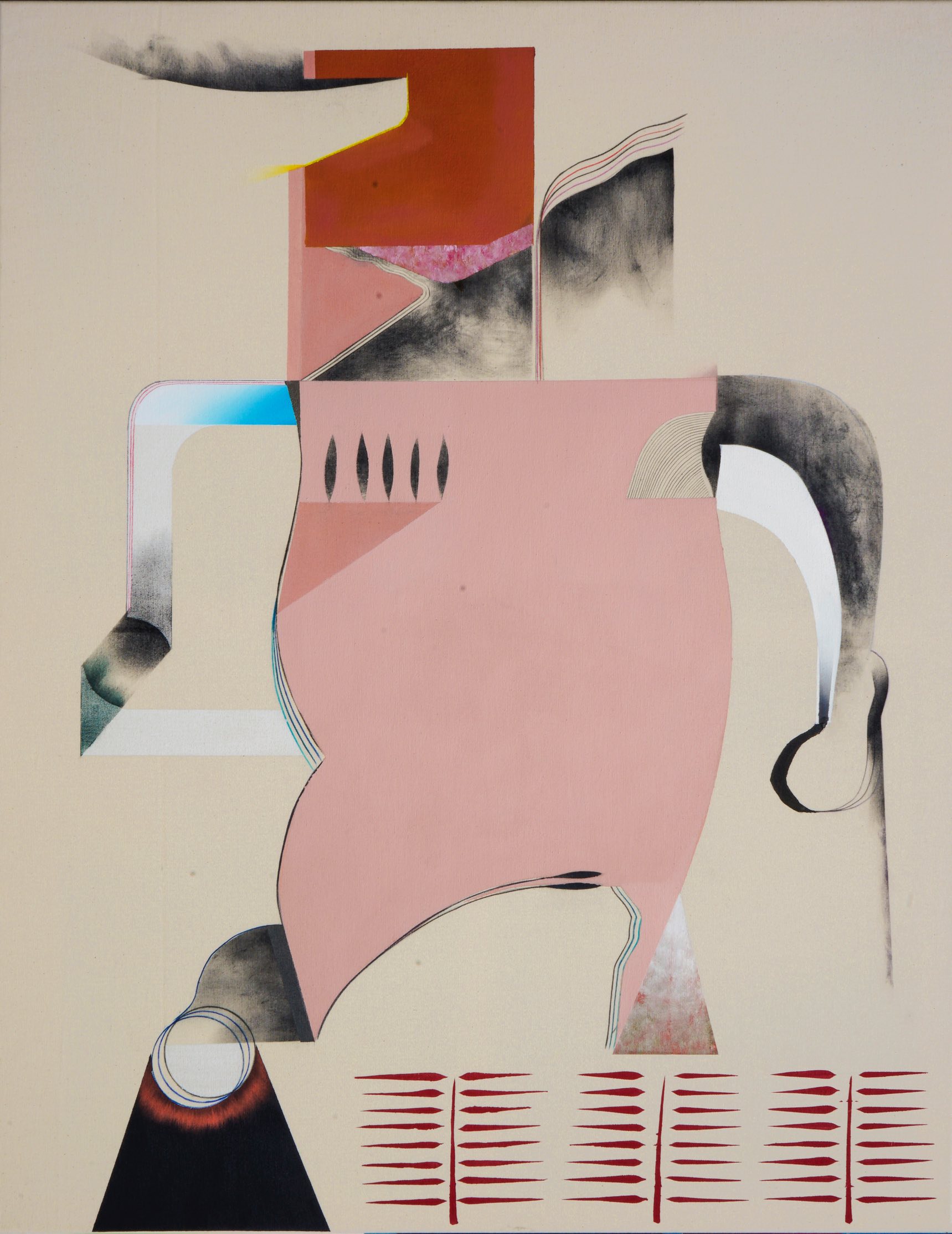Bulls
September 5, 2023

Bulls. They are present in art. They were painted in Lascaux, in Egyptian reliefs and as mythological icons. They have been given heavenly powers in India.
In the work of contemporary Greek artist Stelios Karamanolis (1977), the artist reinforces and acknowledges his own ancestry by depicting a bull with the same lack of pictorial depth as is typical with the wall paintings and relief sculpture of the antiquity.
The work can be seen at FLAT // LAND in the show ‘Evolving cryptic colouration’ on Saturday 23rd September by appointment. * Karamanolis’ choice for the bull and the meaning it evokes is proof of the presence of a consciousness and idea. References to which we are not fully attuned; a concern with the ambivalent; the other, human and the regnum animale, regnum vegetabile and redgnum lapideum.
These ancient black bulls (called Aurochs) with curvy horns date back to the Pleistocene times (ice age, from 2,6 million to 13.000 years BP).
However, they no longer exist, having become extinct. Through their DNA in the mitochondrial part of the cells these Aurochs (ūr = “primordial” or (oer in Dutch) / ohso = “ox”) are considered to be the wild ancestor of our domestic cow (Bos taurus).
As they are members of the ungulates (animals with hooves), they have dichromatic vision, so they can detect short wavelengths (mostly blue/violet colours) and long wavelengths (yellowish-green colours). This means that bull can not see the red flag that is used in Spanish bull fighting.
They attack because of the sudden movement of the flag, not the colour. And because they are driven to aggressiveness by the stabbing of the picador and stabbing of the three pairs of barbs by the banderillos.
*Please send us an email at info@flatlandgallery.com